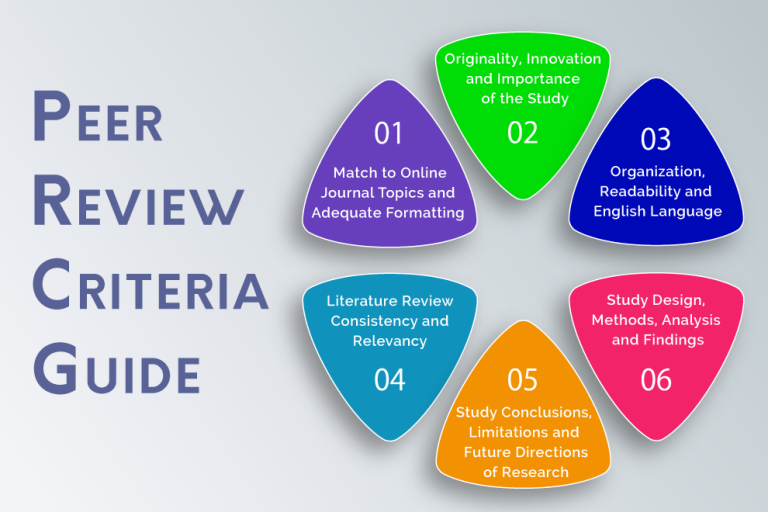Charting a Sustainable Path Forward: The Imperative of Renewable Energy
In recent times, the call for a more sustainable and environmentally-friendly approach to energy consumption has grown louder, transcending political lines and geographic boundaries. As someone deeply rooted in technology and innovation, I have long advocated for leveraging advanced technologies to address our most pressing global challenges. It is heartening to see leaders across the spectrum recognize the urgency of this issue. A notable example can be found in Texas, where a Republican Mayor has boldly championed the cause for renewable energy.
The Case for Renewable Energy Leadership
Rajiv Shah, a figure stepping up to the mantle in this arena, recently emphasized the necessity of America playing a leading role in the global shift towards renewable energy. Shah’s conviction, “We need to do more as a nation” because “when America leads the fight,” underscores a crucial point: change happens. As a professional steeped in the realms of Artificial Intelligence and Cloud Solutions, I observe a parallel between the adaptability required in technology and the flexibility needed in transitioning towards greener energy solutions. The innovation in one can inspire and propel the other.

Why Renewable Energy Matters
Renewable energy is not merely a buzzword; it is an essential strategy for combating climate change, reducing greenhouse gas emissions, and safeguarding our planet for future generations. As someone who thoroughly appreciates the meticulousness of machine learning models and the precision of process automation, the application of similar innovations in the field of renewable energy excites me. We are talking about harnessing wind, solar, and hydropower, which are abundantly available and perpetually replenished resources.
The ability of renewable energy to mitigate the adverse effects of climate change is significant. By decreasing dependence on fossil fuels, we not only diminish carbon emissions but also enhance our energy security and foster sustainable economic growth. My travels, driven by a passion for photography and exploration, have allowed me to witness firsthand the beauty and fragility of our planet, further cementing my conviction in the need for sustainable practices.
Bridging Political Divides for a Sustainable Future
The initiative taken by leaders like Shah is a commendable example of how environmental stewardship can and should cross political lines. The truth is, the fight against climate change is not a partisan issue; it is a human one. My experiences, from working on AI for self-driving robots to capturing the world through the lens of my camera, have taught me that innovation knows no bounds. It is our responsibility, regardless of our political affiliations, to explore and invest in renewable energy technologies.

Embracing Change for a Healthier Planet
As optimistic as I am about the future of AI and technology, my views on renewable energy carry a similar optimism tempered with caution. While we make strides in integrating renewable sources into our energy matrix, it’s imperative to approach this transition with a balanced perspective. We must encourage innovation, certainly; but equally, we must ensure that these advancements are accessible and beneficial to all, not just a select few. After all, the healthier our planet, the healthier our future as a species.

Conclusion
In conclusion, witnessing individuals like Rajiv Shah advocate for renewable energy fills me with hope and reinforces my belief in the potential of technology to drive positive change. It highlights the importance of cross-sector collaboration and the unification of our efforts towards a sustainable future. As someone who has traversed diverse fields – from IT to photography, and from playing the piano to exploring the quantum realm – I see the pursuit of renewable energy not as an option, but as a necessity. It is a journey we must embark on together, leveraging every tool and technology at our disposal, for when America leads, indeed, change happens.
Focus Keyphrase: Renewable Energy





